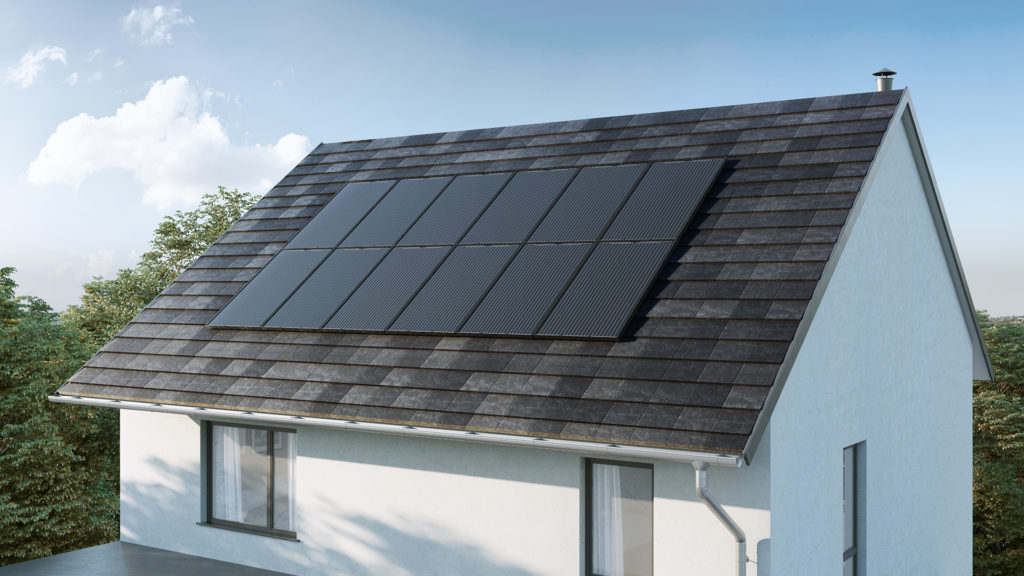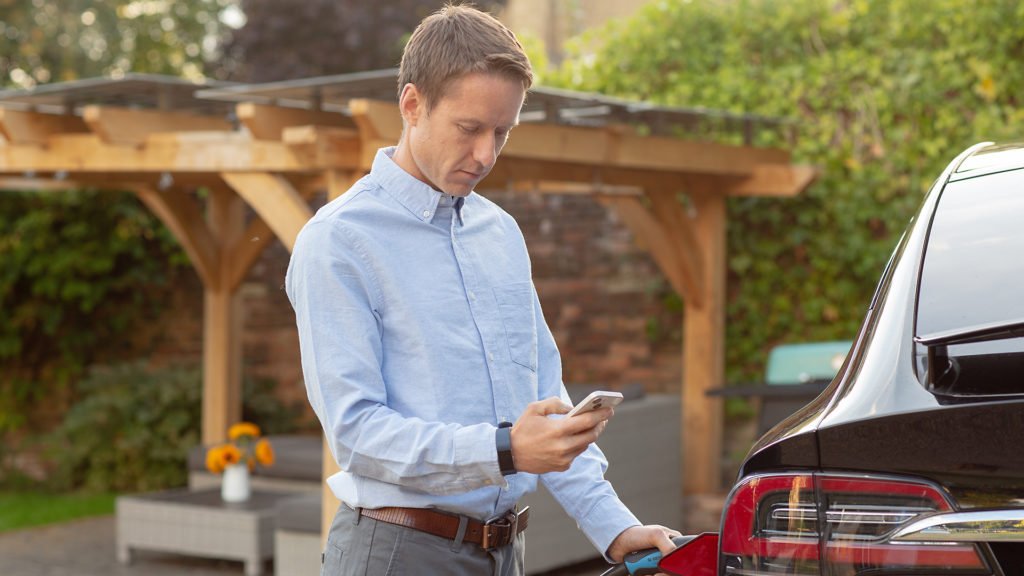You’ve sung along to of Walking On Sunshine, but did you know that it’s possible to drive on sunshine? OK, not literally – that would be a little hot and dangerous – but sunshine, or more specifically solar energy, can be used to charge an electric car.
If you’ve got a set of solar photovoltaic (PV) panels on your house roof, you’ll know that it’s possible to harvest the sun’s rays to power your appliances. It’s cheaper and greener than having to rely solely on the domestic electricity supply. And you could even generate some income by exporting excess energy back to the grid.
Alternatively, you could use this extra energy to charge an electric car. Once you’ve paid for the installation of the solar panels, you’re essentially getting the electricity for free. As a bonus, it’s from a renewable source, which helps to improve your car’s carbon footprint.
How does solar panel charging work?

To charge an electric car using solar energy, you need to install a solar system on the roof of your house. The amount of power generated by the system depends on the available sunshine and how many solar panels you have.
A typical domestic system will consist of 14 to 16 solar panels, but eight to 12 should be sufficient to charge an average-sized EV battery. A larger battery will require more power and it’s worth remembering that you’re relying on sunshine to generate power. Cloudy days will lead to disappointment.
It’s a simple process: the photovoltaic cells absorb sunlight as DC (direct current) energy, which flows to an inverter to be converted to AC (alternating current) for use in the home. This can be fed directly to the electric car or, if you have a battery energy storage system (BESS), stored in cells for use at a later date.
Do you need any special equipment?

Assuming you’ve got solar panels on the roof and a home charging point, the electric car is no different to your toaster, kettle or washing machine. Granted, you can’t drive to work atop a Hotpoint NSWA946WW, but your EV will draw power in the same way.
A solar inverter (also known as PV inverter) is usually included in the cost of the solar panel system, but check with your installation company. Prices vary, but the cost is likely to be between £5,000 and £10,000, depending on the size of the system.
At the time of writing, Eon was offering a six-panel home solar system from £4,995, increasing to around £6,000 for an optimised Tier 1 system. A solar battery system should cost around £3,500, but figures suggest your savings will accrue almost immediately.
The other thing to consider is that using stored energy to charge your electric car is likely to be more cost-effective than exporting energy to the grid. In other words, the payment for your excess energy is less than the money you’d save by using the energy stored in the BESS.
How much energy will each solar panel produce?

Each solar panel will produce around 355W of energy in strong sunlight. By using a 7.4kW home charger – the fastest charger that can be installed on a single-phase home electric supply – you can expect around 30 miles of driving for each hour of charging.
A lot depends on the season, weather and position of the solar panels. You’ll almost certainly require a boost from your domestic electricity supply during the winter, but the panels will work 365 days a year, taking advantage of any breaks in the cloud.
It’s also worth remembering that most electric cars are recharged overnight, either because that’s when the owners are home from work or they’re taking advantage of cheaper energy prices. It’s why a home battery system will pay dividends in the long run, because you can’t harvest solar energy when it’s dark!
Click here to check out some of the cost savings associated with using a solar battery, although please note that other energy providers are available.
Pros and cons of charging with solar panels

There are several reasons why using solar energy to charge an electric car makes perfect sense. You’re not having to rely solely on your energy company, the panels will get to work immediately after installation and they’ll even add value to your home. You will also be using a renewable energy source.
That said, solar panels are expensive, and that’s before you think about the cost of the inverter, solar battery and home charger. You might be eligible for a Green Deal loan, but this will need to be paid back. The other thing to consider is the weather, as solar panels work best in sunny conditions.
ALSO READ:
How can I get an EV charging wallbox fitted at home?

